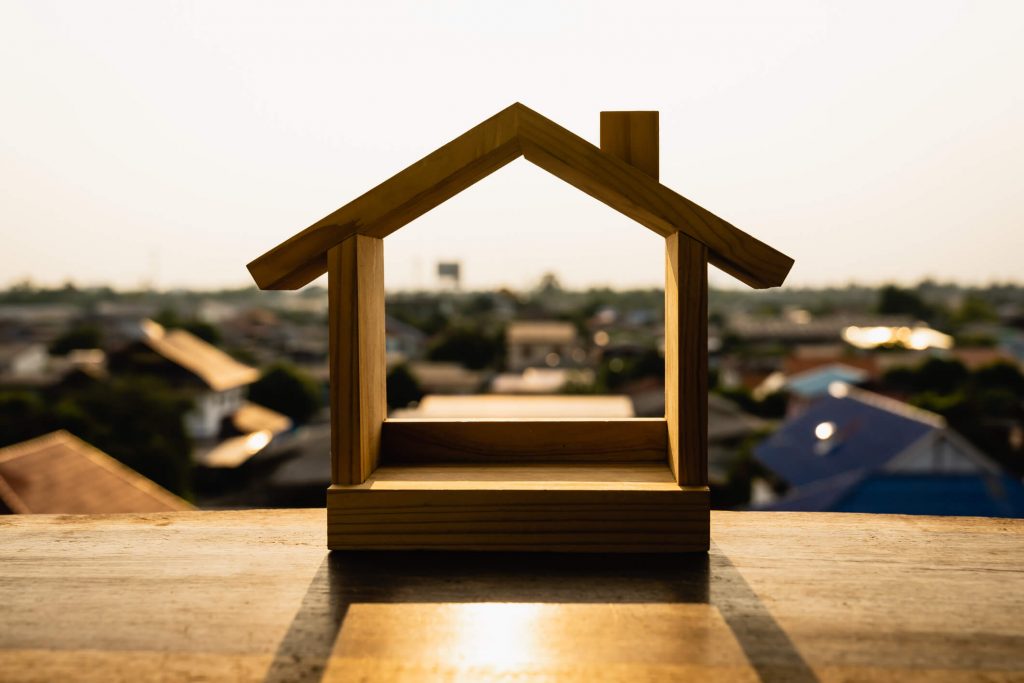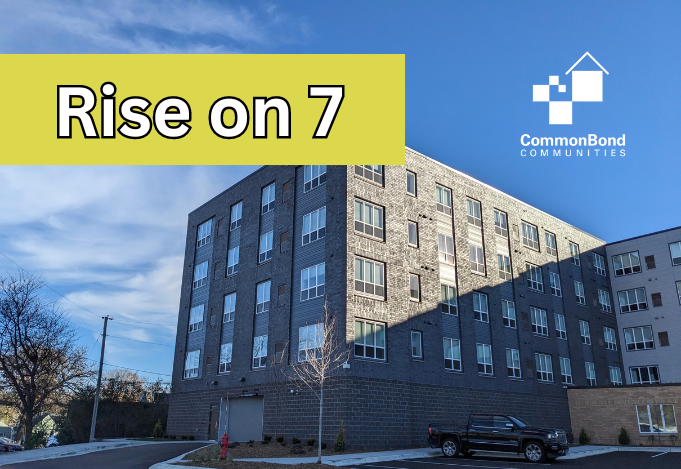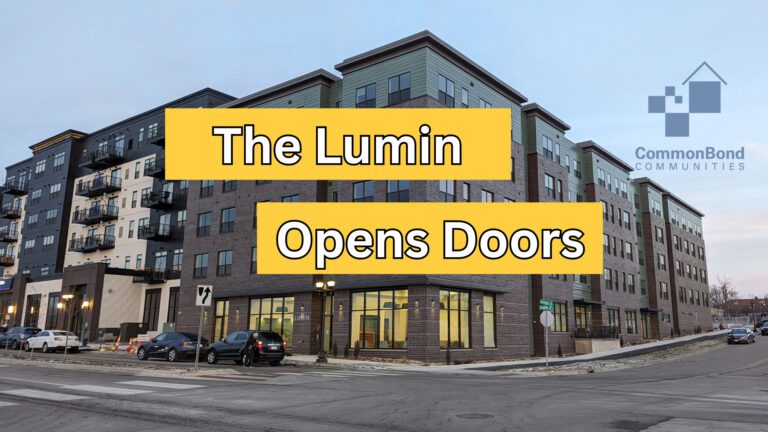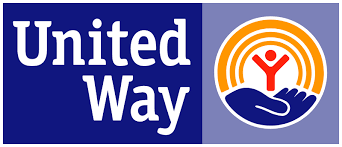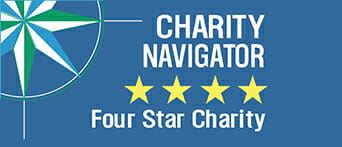As the demand for affordable housing goes up, the supply of affordable housing has unfortunately done the opposite. More and more people are being priced out of their homes, unable to acquire new affordable housing, are out of jobs because of the COVID-19 pandemic, or find themselves in other situations that contribute to this crisis.
According to the Department of Housing and Urban Development (HUD), affordable housing is defined as a dwelling that a family or household can obtain that costs 30% or less of the household’s income.
The question of how to increase the supply of affordable housing is more prevalent than ever. Here are some ways people are taking action to prevent homelessness and find ways to create more affordable housing.

Support Affordable Housing in Your Community.
Government Initiatives for Creating Affordable Housing
President Biden has expressed his commitment to increase the affordable housing supply in the United States through a number of strategies. A September 2021 press release from the White House declared:
“The Administration is announcing a number of steps that will create, preserve, and sell to homeowners and non-profits nearly 100,000 additional affordable homes for homeowners and renters over the next three years, with an emphasis on the lower and middle segments of the market.”
Strategies that the press release mentions include working with state and local governments to boost the affordable housing supply, making more single-family homes available to individuals, not large investors, and making financing more available to build affordable homes, to name just a few.
Offer Incentives
Housing developers are much more likely to increase the affordable housing supply if the incentives are good enough. In some states, state incentives are offered in addition to federal ones, which increase tax credits to developers who focus on creating lower-income housing communities.
Melvin Carter, the Mayor of St. Paul, Minnesota, approved a tax break that requires property owners to keep a fifth of their building’s units affordable for low-income tenants over the next decade. This means that property owners are incentivized to ensure their housing stays below the affordable level.
Relax Zoning & Developing Rules
Some cities are looking to waive certain zoning rules and restrictions as a way to increase the affordable housing supply. Relaxing zoning and developing rules can make it easier for low-income housing developers to get through the hoops of their city’s building processes, and focus on creating more affordable housing options.
Donate to Affordable Housing Nonprofits
If individuals are looking for small-scale ways to help increase the affordable housing supply, they can do their part by donating to non-profit organizations. Those wanting to donate can either find local non-profits within their community, or national non-profit organizations, whose mission is to make housing more affordable and accessible to low-income Americans. The more money these organizations have access to, the more steps they can take on a path to creating more affordable housing.
CommonBond is Creating More Affordable Housing in the Upper Midwest
The ideas mentioned above are just a few ways we can come together as a country to increase the affordable housing supply, but they are not the only ways.
At CommonBond, one of our biggest goals is to make affordable housing more accessible to low-income residents in Minnesota, Wisconsin and Iowa. We’ve been helping low-income families find stable and affordable housing for over 50 years. By supporting CommonBond, you and other donors are creating affordable housing opportunities for 13,000 residents living in Minnesota, Wisconsin, Iowa, and South Dakota. Donate today or get in touch to find out more ways you can help.

